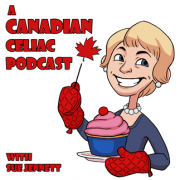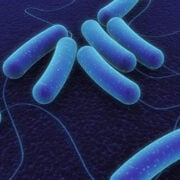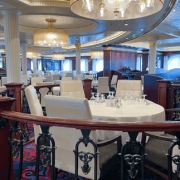Banana Diet Prescribed to Celiacs Came at a Cost Later in Life
 Doctors once thought bananas cured celiac disease however, this short term solution lead to long-term damage due to a lack of understanding about the mechanisms of the disease.
Doctors once thought bananas cured celiac disease however, this short term solution lead to long-term damage due to a lack of understanding about the mechanisms of the disease.
- Jill Neimark, npr.org 1
The year was 1945, and 2-year-old Lindy Thomson had been given a few weeks to live. She suffered from diarrhea and projectile vomiting, and she was so thin and weak, she could no longer walk. Her parents had taken her from doctor to doctor. Finally, Dr. Douglas Arnold in Buffalo, N.Y., offered a most unusual prescription: She was to eat bananas.
“At least seven bananas a day,” recalls the patient, who now goes by her married name, Lindy Redmond.
“To whom it may concern,” the doctor wrote on a prescription pad that Lindy still has as a keepsake. Lindy Thomson “has celiac disease (a nutritional disorder).”
Arnold recommended that Lindy move to the clean mountain air in California and follow a high-calorie, banana-based diet invented by Dr. Sidney Haas in 1924. The diet forbade starches but included numerous daily bananas, along with milk, cottage cheese, meat and vegetables. It was so effective in patients with celiac disease that in the 1930s, the University of Maryland endorsed the diet, according to pediatric gastroenterologist Alessio Fasano, chair of pediatrics at Harvard Medical School and a specialist in celiac disease.
Jill Neimark is an award-winning science journalist and an author of adult and children’s books.












